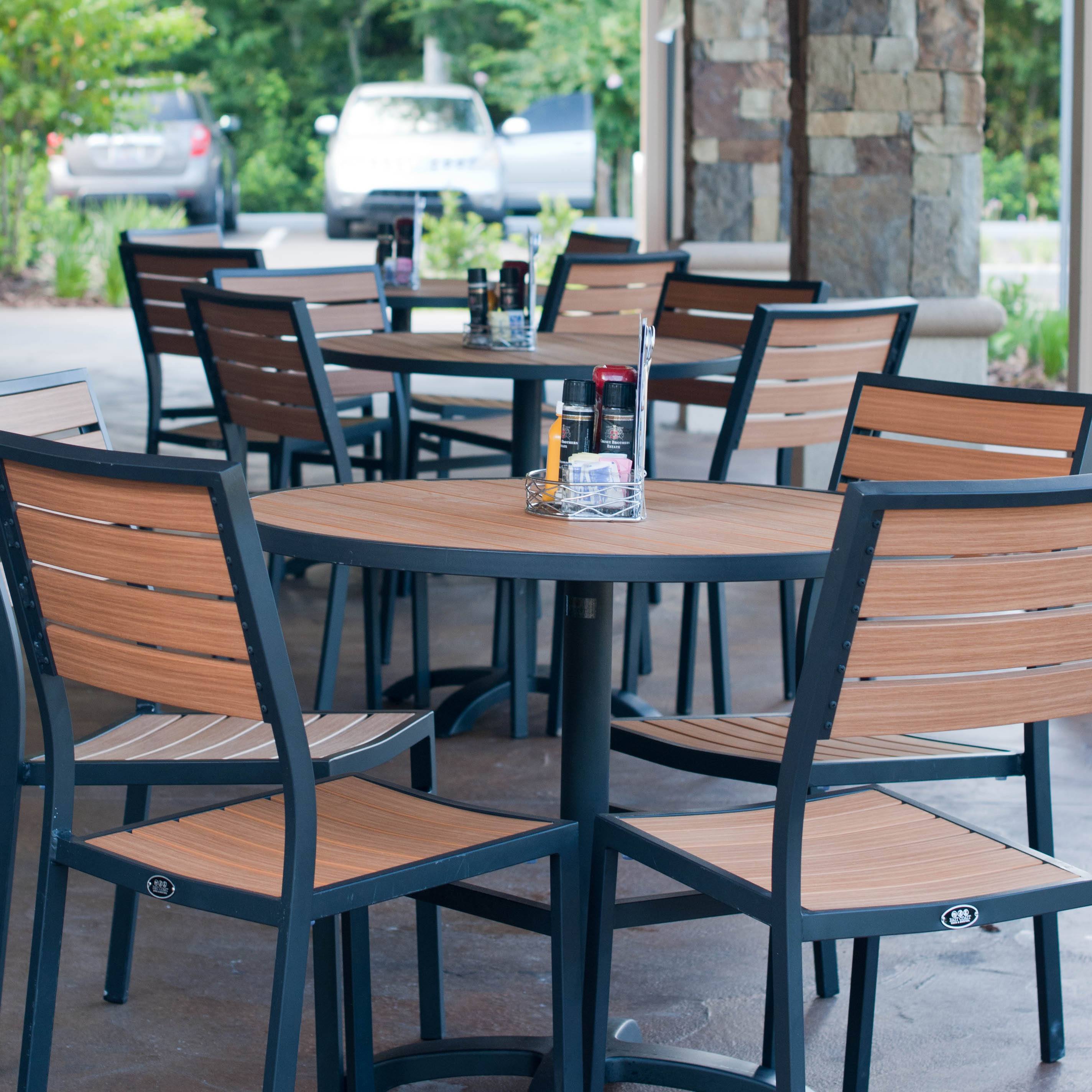The last thing you want as a restaurant owner is to watch your money get thrown out in the garbage. Unfortunately, when you waste food, this is exactly what’s happening. It’s seemingly easy to do, some milk here, apples there, and right before your eyes, thousands of dollars have gone to waste. Because it’s so easy, it’s estimated that there are 60 million tons of food wasted annually throughout the United States, and it’s likely that your restaurant is contributing. So how can your restaurant put anti-food waste steps into effect? Here are some actionable steps your restaurant can take to help cut down on food waste.
Create a committee. Either find individuals motivated to take a stand against food waste or incentivize the position, but make sure you have people from different areas in your restaurant as part of the committee. You don’t want to involve your whole kitchen staff, only to leave out the wait staff. You also need your purchaser on board (whether that’s you or an employee).
Practice FIFO. If you don’t know what FIFO is, listen up! A ‘first in, first out’ system allows your food preparation to run more smoothly, while keeping in mind the issue of food waste. When a new food order comes in, put the new food on the right and shift the previously-purchased food to the left. Cooks then grab food in a reverse order (left to right) to make sure they are using the items that will expire more quickly than the food on the right hand side.
*Pro Tip: When organizing your storage area, beware of cross-contaminating foods. Raw chicken does not belong next to fresh produce so don’t let all your rules go out the window to focus on FIFO. Shelf-labeling is handy while keeping in mind newer versus previously-purchase food and the types of food that can be stored together.
Control portion size in the kitchen. This requires due-diligence from your staff. As kitchens get busy, eyeballing ingredients (aka not paying attention to the pre-priced amounts from your menu plan) becomes more common but this is one way that customers end up with more food than they need and often more than they paid for. American restaurants are notorious for unnecessarily large portion sizes. You want to satisfy your guests, but not at the cost of your bottom line. A great way to cut down on food wasted by customers is to allow them to choose their portion size by offering lunch and dinner sizes on the menu. The less food that’s left on your guests’ plates, the better.
Repurpose ingredients. Have a lot of leftover shredded chicken from yesterday’s fajita special? Make chicken tortilla soup! If you’re flexible with your specials, soup can turn leftover nightmares into the next day’s featured dinner.
Make over your menu. Speaking of flexibility, you’ll want to check in on how each of your menu items are doing. If you must buy highly-specialized ingredients for a few items, make sure they’re worth it. If they are sub-par performers on your menu, change it up! It’s easier to broaden your menu with dishes that have more universal ingredients. A lot of restaurants turn to a focused menu to use up any surplus and still offer a variety of options without sacrificing storage space while cutting unnecessary costs.
Compost. Chances are your restaurant probably builds up (and throws away) a lot of produce scraps. Whether it’s from leftover salads or unused portions, these scraps can easily be composted. If your restaurant has its own little garden that grows herbs, use these as fertilizer. Or build community relations and reach out to farmers who could use the compost to help supplement their crops.
Donate what you can. If your restaurant has exhausted the options to using leftover food, consider donating. There are many organizations around the country that help excess food get to those who are in need. If you’re concerned about liability and the legality of your donation, review the Bill Emerson Good Samaritan Act of 1996 to understand your rights as the donating party.

Keeping food waste in the forefront your mind when running your restaurant and making operational decisions is crucial in combating the problem. Taking the steps above are just a few ways your restaurant can have an impact on this destructive global trend. Integrating these better choices into your business model can cut down on food waste and save you money at the end of the day.
Do you have plan for food waste in your restaurant? What steps do you take to combat it? Tell us below in the comments.






